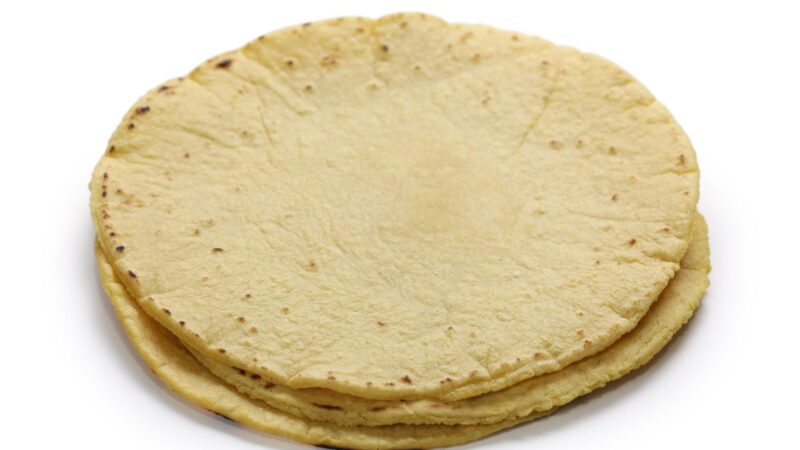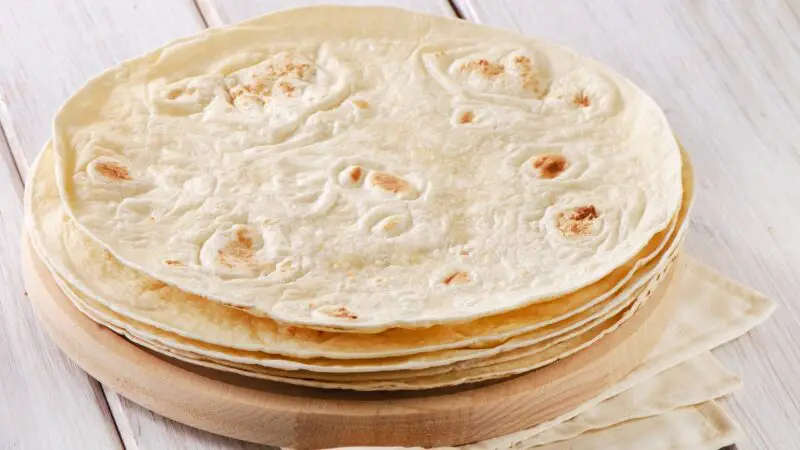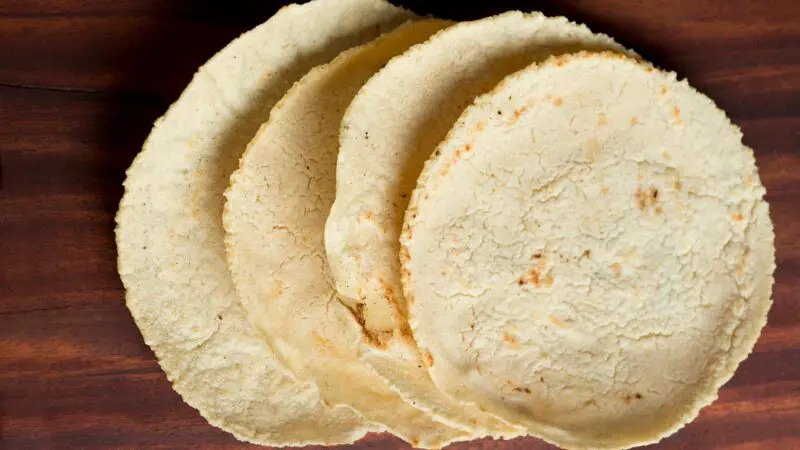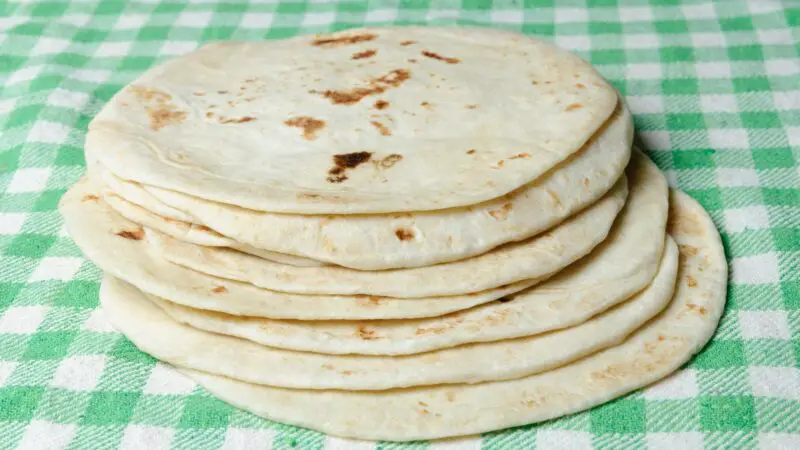You’ve undoubtedly heard of quesadillas, tostadas, enchiladas, and tacos, and you’ve definitely tasted some of them – all of which use tortillas as the major component. A tortilla is a flatbread composed of wheat or maize. It is tasty and incredibly versatile. Tortillas, on the other hand, are not suitable for guinea pigs.
Guinea pigs cannot eat tortillas because they are processed food, and all processed foods are harmful to our guinea pigs. If they take a little bite, they will not die, but might have stomach problems.
Table of Content
Are Tortillas Good for Guinea Pigs? | Health Benefits

Sadly, guinea pigs cannot consume tortillas. They can’t even be considered a treat, because tortillas come with unpleasant side effects for the stomach and digestion.
But, even if the cavies could eat the tortillas, this is processed food so there are not many benefits. So, this flatbread is not worth the risk for guinea pigs at all.
Nutrition Facts of Tortillas

In one tortilla, 46 g., these are the nutrition facts:
- High in calories – 144 calories. One tortilla has too many calories. It is somewhat a fattening food for those on a diet, and it certainly would be fattening for the guinea pigs too.
- High in carbs and moderate in protein – 23.6 g carbs and 3.8 g proteins.
- Fiber – 1.4g. This is a normal amount of fibers that are needed on a daily basis.
- Sugar – 0.9g. This amount of sugar is low but still, sugars are not well digested by guinea pigs.
- Fat – 3.6g. This amount of fat is relatively normal, not too high or too low.
- Vitamin K – 2%. This vitamin helps in the production of prothrombin, the protein that prevents severe blood loss during injuries.
- Thiamin – 17%. Also known as vitamin B1; it keeps the health of the intestines, stomach, heart, brain, and muscles.
- Riboflavin – 7%. Riboflavin is also known as the B2 vitamin. The B2 converts the consumed foods into energy and improves the oxygen flow throughout the whole body.
- Niacin – 8%. The other name for this nutrient is B3 vitamin. This vitamin lowers cholesterol, prevents heart diseases and diabetes, and it improves skin quality.
- Calcium – 59.3 mg. Calcium is a mineral that is essential for forming strong bone tissues. It is beneficial for guinea pigs only when they are young and still growing.
- Magnesium – 3%. Magnesium keeps all muscle tissues healthy, the heart muscle as well, removes pains all over the body, and protects against heart diseases and diabetes.
- Manganese – 11%. Manganese is one of the strongest antioxidants. It reduces inflammation, regulates blood sugar, and prevents many diseases because it boosts immunity.
- Selenium – 15%. Selenium boosts immunity too, and reduces the risk of some cancers and also from heart problems too.
Can Tortillas Be Bad for Guinea Pigs? | Possible Risks

- Urinary complications – The calcium in tortillas will create many urinary complications for the guinea pig. There is the risk of bladder and kidney stones, painful urination, blood in the urine, and even frequent urinary infections. If not cured in time, it can progress and result in renal failure, which is fatal.
- Bad digestion – The tortillas also have sugar, although not too much. Still, the sugars are not well digested by guinea pigs. They cause cramps, gasses, and indigestion.
- Weight increase – this food is quite rich in calories, and carbs too. The high-calorie content and the high amount of carbs will certainly change the healthy weight of the guinea pig.
- Processed food – They can have serious digestion problems from consuming any type of processed food. Simply avoid feeding them to guinea pigs at all costs.
Quick Facts on Tortillas

- The name ‘tortilla’ means ‘cake’ and it derives from the Spanish word for cake, ‘torta.’
- The dough for tortillas can be in various colors too! In Mexico and Guatemala, they prepare the dough in 3 colors; yellow, blue, and white.
- One typical Mexican family (4 members) consumes over 2 lbs. of tortillas daily.
- When making tacos, the tortilla is used as a sandwich. For quesadillas, it is folded and turned over for frying. For chilaquiles, the tortilla is covered with sauce and oven-baked.
- In the past, tortillas were sold in cans!
- Back in 1542, the Spaniards were the first to introduce wheat planting. They didn’t have the needed ingredients for bread making, so they started producing the ‘zaruki,’ a type of cracked wheat that is mixed with water. That is how the tortilla was invented!
We have also made a full list of foods that guinea pigs can and can’t eat (150+ Types of Foods). Be sure to also check our recommended products page for everything you will ever need to assure a happy life for your guinea pigs. Hope this information was helpful and you have found the answer you were looking for.
List of Sources
Nutrient Requirements of Laboratory Animals: Fourth Revised Edition
The Effects of Diet on Anatomy, Physiology and Health in the Guinea Pig
